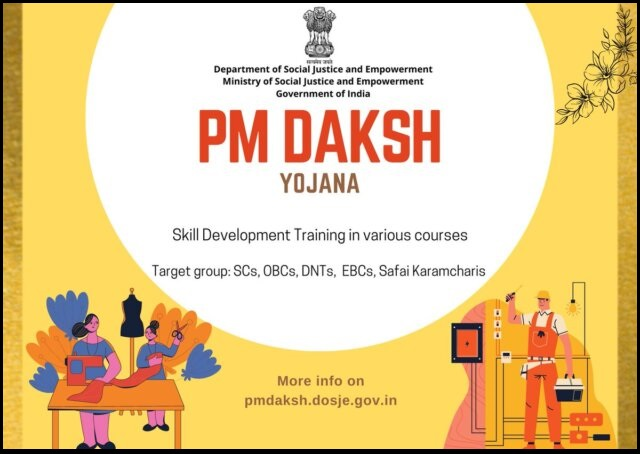Description

Copyright infringement is not intended
Context: The Union Government has approved the amendment of the Mines and Minerals (Development and Regulation) Act, 1957 for specifying the rate of royalty.
Details:
- The Union Cabinet, chaired by Prime Minister Shri Narendra Modi has approved the proposal of the Ministry of Mines for amendment of Second Schedule of the Mines and Minerals (Development and Regulation) Act, 1957.
- This step was taken to specify the rate of royalty in respect of Glauconite, Potash, Emerald, Platinum Group of Metals (PGM), Andalusite, Sillimanite and Molybdenum.
- The royalty rates have been fixed after extensive consultations with the State Governments and various Ministries/ Departments of the Central Government.
Expected outcome:
- The approval would ensure auction of mineral blocks in respect of Glauconite, Potash, Emerald, Platinum Group of Metals, Andalusite and Molybdenum thereby reducing import of these minerals.
- Generate employment opportunities in the mining sector as well as in the manufacturing sector.
- Ensure inclusive growth of a large section of the society.
- Promote import substitution in respect of many important minerals for the economy of the country thereby saving valuable forex reserves.
- Reduce country's foreign dependency through the local production of minerals.
- Auction of mineral blocks in respect of Glauconite, Potash, Emerald, Platinum Group of metals, Andalusite and Molybdenum for the first time in the country.
- Increasing production, improving ease of doing business in the country and increasing contribution of mineral production to Gross Domestic Product (GDP).
- Attract domestic as well as foreign investment in the mining sector.
Significance of the Step:
- Minerals like Glauconite and Potash are used as fertilizer in agriculture.
- Platinum Group of Metals (PGM) are high value metals used in various industries and new innovative applications.
- Minerals like Andalusite, molybdenum are vital minerals used in industrial applications.
- Encouraging indigenous mining of these minerals is in the National interest that would lead to reduction in imports in potash fertilizers and other minerals.
- This step taken by the Ministry of Mines is also expected to increase generation of employment in the mining sector.
- It will also ensure increased availability of minerals for the downstream industries and support agriculture.
Mines and Minerals (Regulation and Development) Act (1957):
- Indian Parliament enacted Mines and Minerals (Regulation and Development) Act (1957) to regulate the mining sector in India. It was amended in 2015 and 2016. This act forms the basic framework of mining regulation in India.
- This act is applicable to all mineral except minor minerals and atomic minerals.
- It details the process and conditions for acquiring a mining or mining licence in India.
- Mining minor minerals comes under the purview of state governments. River sand is considered a minor mineral.
- For mining and prospecting in forest land, prior permission is needed from the Ministry of Environment and Forests.
- The act was amended by The Mines and Minerals (Development and Regulation) Amendment Act, 2015.
- The amendment was proposed to bring transparency to the allocation of mining licence process by auctions.
- The amendment seeks to introduce a system of auctions to allocate mining licenses.
- A fixed percentage to the revenue of any mine will be allocated to development of the area around it, to be called a District Mineral Foundation.
- The state government will set the rates and it will be in addition to the royalty.
- A National Mineral Exploration Trust was set up to explore and promote non-coal minerals.
- The licences will have a validity of 50 years, compared to the previous 30 years. There will be no renewal of licences, only re-auction.
https://www.pib.gov.in/PressReleasePage.aspx?PRID=1804282










